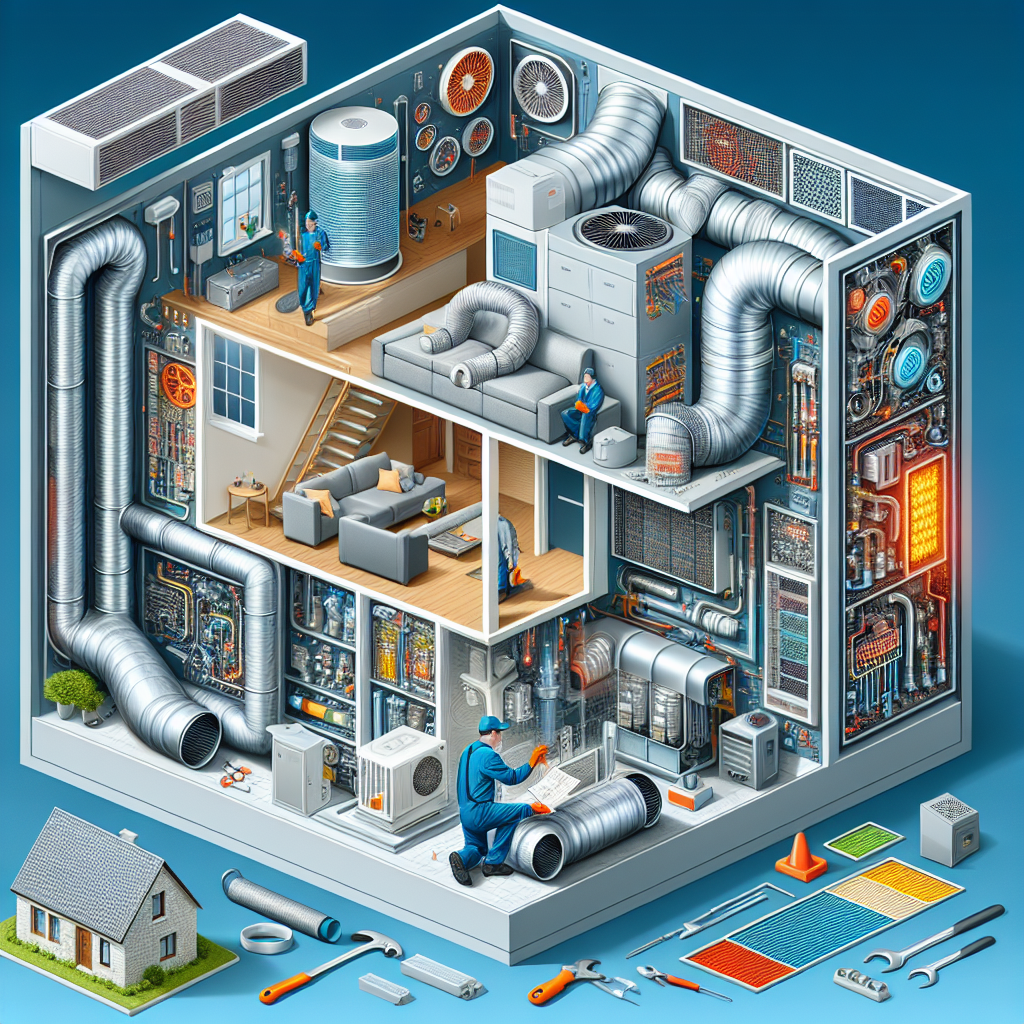Proper ventilation is essential for maintaining a healthy and comfortable indoor environment in homes and buildings. A well-maintained ventilation system ensures that indoor air quality is high, helps to regulate temperature, and reduces the risk of mold and other indoor air pollutants. However, ventilation systems can become less efficient over time and may require upgrades or maintenance to continue functioning effectively. Here are some top tips for maintaining and upgrading ventilation systems in homes and buildings:
1. Regularly clean and replace filters: One of the simplest ways to maintain a ventilation system is by regularly cleaning or replacing the filters. This helps to ensure that the system is not clogged with dust, dirt, or other particles that can reduce its efficiency. Depending on the type of system, filters should be replaced every 3-6 months, or more frequently if the system is used frequently or in a dusty environment.
2. Check for leaks and blockages: Inspect the ventilation system periodically for any leaks or blockages that may be hindering airflow. Leaks can allow outside air to enter the system, reducing its efficiency, while blockages can prevent air from circulating properly. Addressing these issues promptly can help to maintain the system’s performance.
3. Consider upgrading to a more energy-efficient system: If your ventilation system is outdated or inefficient, consider upgrading to a more energy-efficient model. Newer systems are often more advanced and may have features such as variable-speed fans, programmable controls, and improved filtration capabilities. These upgrades can help to improve indoor air quality and reduce energy costs.
4. Install a ventilation booster: If certain areas of your home or building have poor ventilation, consider installing a ventilation booster to help improve airflow. These devices can be installed in ductwork to increase the airflow to specific areas, such as bathrooms or kitchens, where ventilation is particularly important.
5. Schedule regular maintenance: It is important to schedule regular maintenance for your ventilation system to ensure that it continues to function properly. Professional maintenance can help to identify and address any issues before they become major problems, prolonging the life of the system and improving its efficiency.
6. Consider adding a heat recovery ventilator: Heat recovery ventilators (HRVs) are devices that help to exchange stale indoor air with fresh outdoor air while recovering heat from the outgoing air. This can help to improve indoor air quality without compromising energy efficiency, making HRVs a valuable addition to ventilation systems in homes and buildings.
Maintaining and upgrading ventilation systems in homes and buildings is essential for ensuring a healthy and comfortable indoor environment. By following these top tips, you can help to improve the efficiency and effectiveness of your ventilation system and enjoy the benefits of cleaner, fresher indoor air.


Leave a Reply